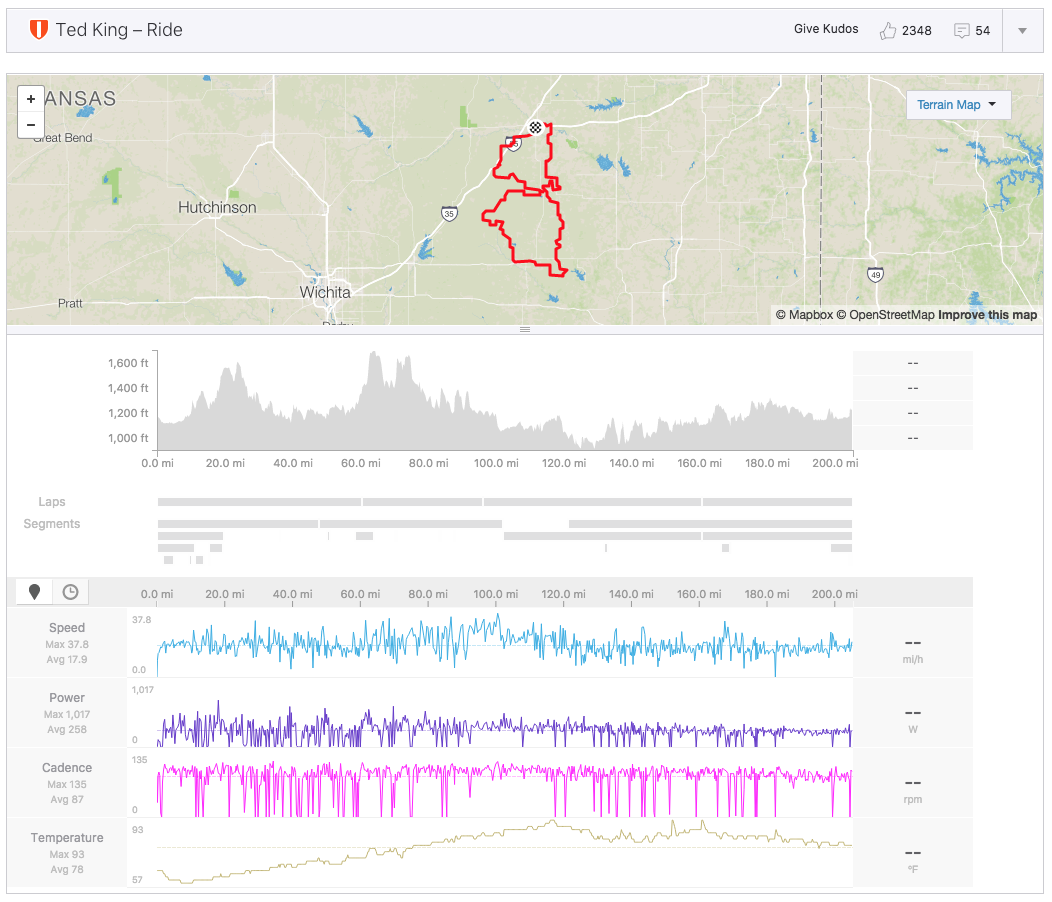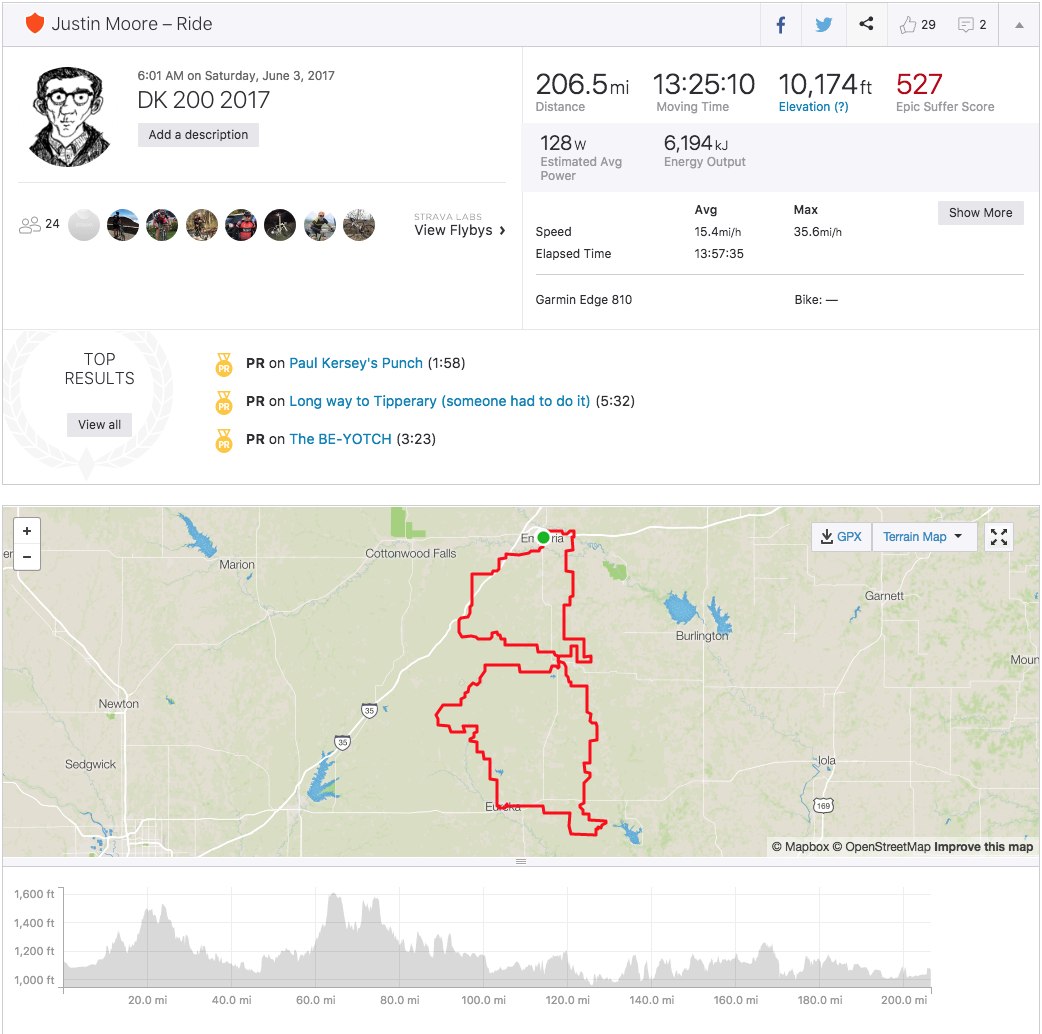NBA players are going vegan for performance
When I was young and still athletic enough not to have confronted the fact that I'd never play competetive sports beyond high school, the trend for high-level basketball players was to bulk up. Larry Johnson from UNLV and later the Charlotte Hornets was the prototype:
The dress adds ten pounds. But he was still a big guy. The thought was that huge guys could just push around and get to the basket. It fit the style of play in the NBA at the time: isolate one player with the ball and let him go one-on-one, then fight like crazy for the rebound.
But now that the style of play has become much more collaborative, with passing and quick cuts valued over banging, players are trying to slim down.
Some are even calling it "skinny ball."
How are they slimming down? For many, it's by giving up meat and dairy.
"[Kyrie's] had great energy all year," Boston coach Brad Stevens says of Irving. "The nutrition side is huge."
The only other player with more clutch points than Irving this season? That would be Damian Lillard, who—you don't say!—went vegan this offseason, too, dropping almost 10 pounds in the process.
"I wanted to eat cleaner," Lillard told The Oregonian this offseason. "Also I want to play lighter this year and be easier on my joints and feet. I'm getting older, you know what I mean?"
Irving and Lillard aren't the only ones. Wilson Chandler, Al Jefferson, Garrett Temple, Enes Kanter, JaVale McGee and Jahlil Okafor have all made the switch to a vegan or vegetarian diet in the past year or so. For the uninitiated, vegans don't eat animals or animal-derived products like eggs or milk. A vegetarian can order the omelette with cheese; a vegan goes for the oatmeal with soy milk.
The rise of plant-based diets in the NBA follows a worldwide uptick in meat-free meals. According to research firm GlobalData's report, 6 percent of U.S. consumers identify as vegan, up from just 1 percent in 2014. In the United Kingdom, veganism rose by 350 percent from 2006 to 2016, largely from the country's younger demographics.
I think, therefore I am getting the G@##$%*&d epidural
This essay goes pretty far astray from the usual metabolic, physical activity, and food-oriented material I like to post, but it's so funny that I couldn't help but share it.
An anesthesiology professor told me once in medical school that if doctors allowed the kind of pain women feel in childbirth in any other medical procedure, they'd be sued. That statement reduces the delivery of a child to something simpler than what it really is. But, the idea that women achieve some special womanhood status for having put themselves through an unnecessarily painful delivery is absurd, and Rebecca Schuman does a great job exposing that absurdity:
It was all right, though — my books had a plan. That plan involved laboring at home until the baby crowned. If, said my books, I had to bend the truth to my obstetrician, Dr. Holtzbrink, about when my water broke so that I could stay home longer, so be it. It was better than risking a hundred totally unnecessary interventions, all of which would beget other interventions, and culminate in the worst possible nightmare. No, not a birth complication, worse: a Cesarean. An alarming number of the narratives in the midwifery books were cautionary tales from hospitals, full of pushy MDs and C-sections that resulted in not having really given birth.























































